The pageant that played out on the law of the White House on Tuesday may be destined to be the emblematic scene of Joe Biden’s presidency.
The president’s aides had arranged for a celebration of the Inflation Reduction Act to take place on the day that the Department of Labor’s statistics bureau would release its report on the Consumer Price Index (CPI) for August. Not only would the president be there with top officials of his party, thousands of supporters were also invited to toast the expected victory over inflation and submit to a serenade by James Taylor.
President Biden had actually signed the act into law nearly a month prior, shortly after it had won approval in party-line votes in the House and Senate. The decision to hold the rally on the same day the Consumer Price Index would be released was meant to project the image that the legislation was already working. The administration’s economists had expected that the Bureau of Labor Statistics (BLS) would report that prices actually fell in August. The day was chosen to become a symbol of the administration’s inflation policy—which ironically it has become.
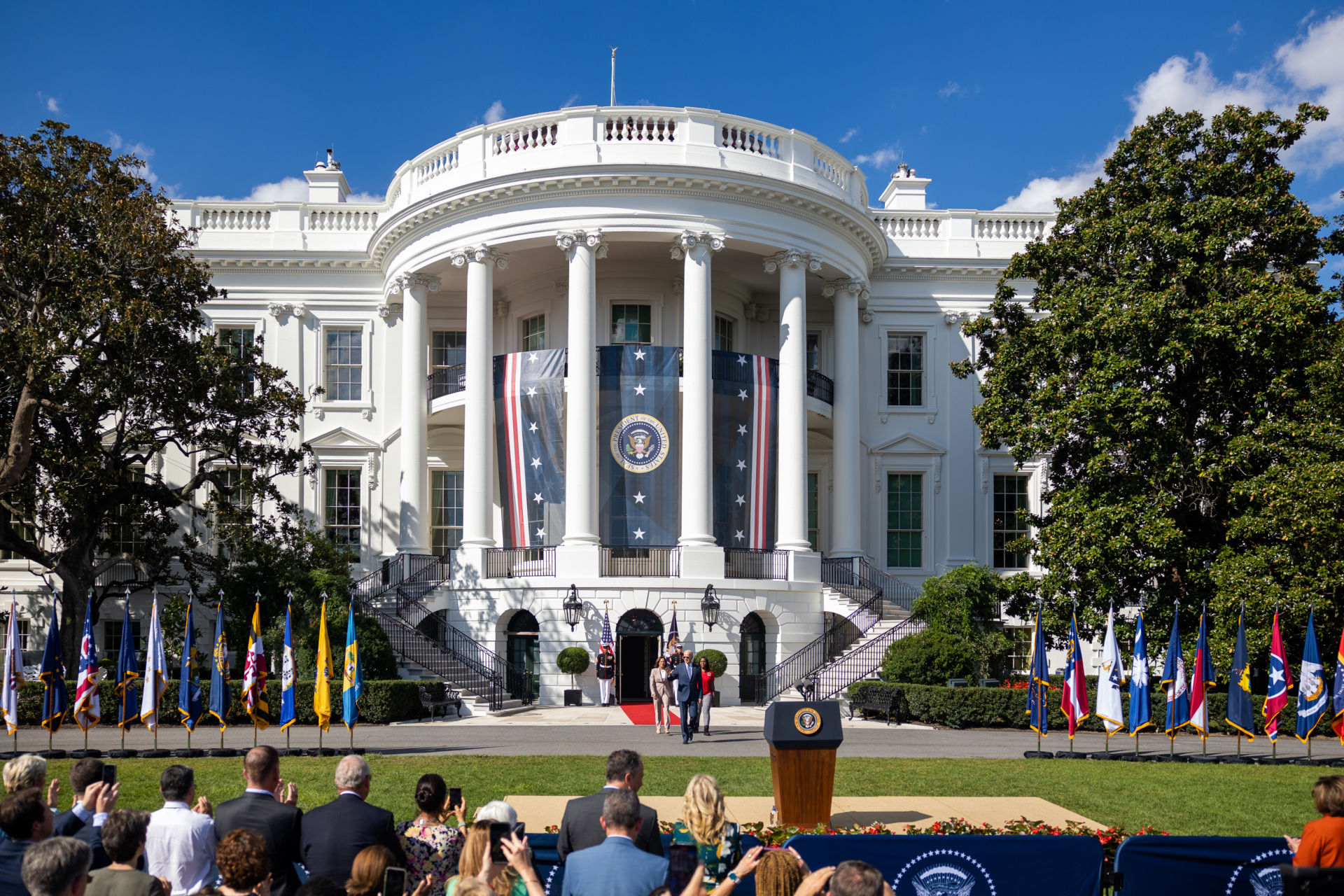
President Joe Biden and Vice President Kamala Harris arrive on the South Lawn of the White House for a celebration of the Inflation Reduction Act on September 13, 2022. (Nathan Posner/Anadolu Agency via Getty Images)
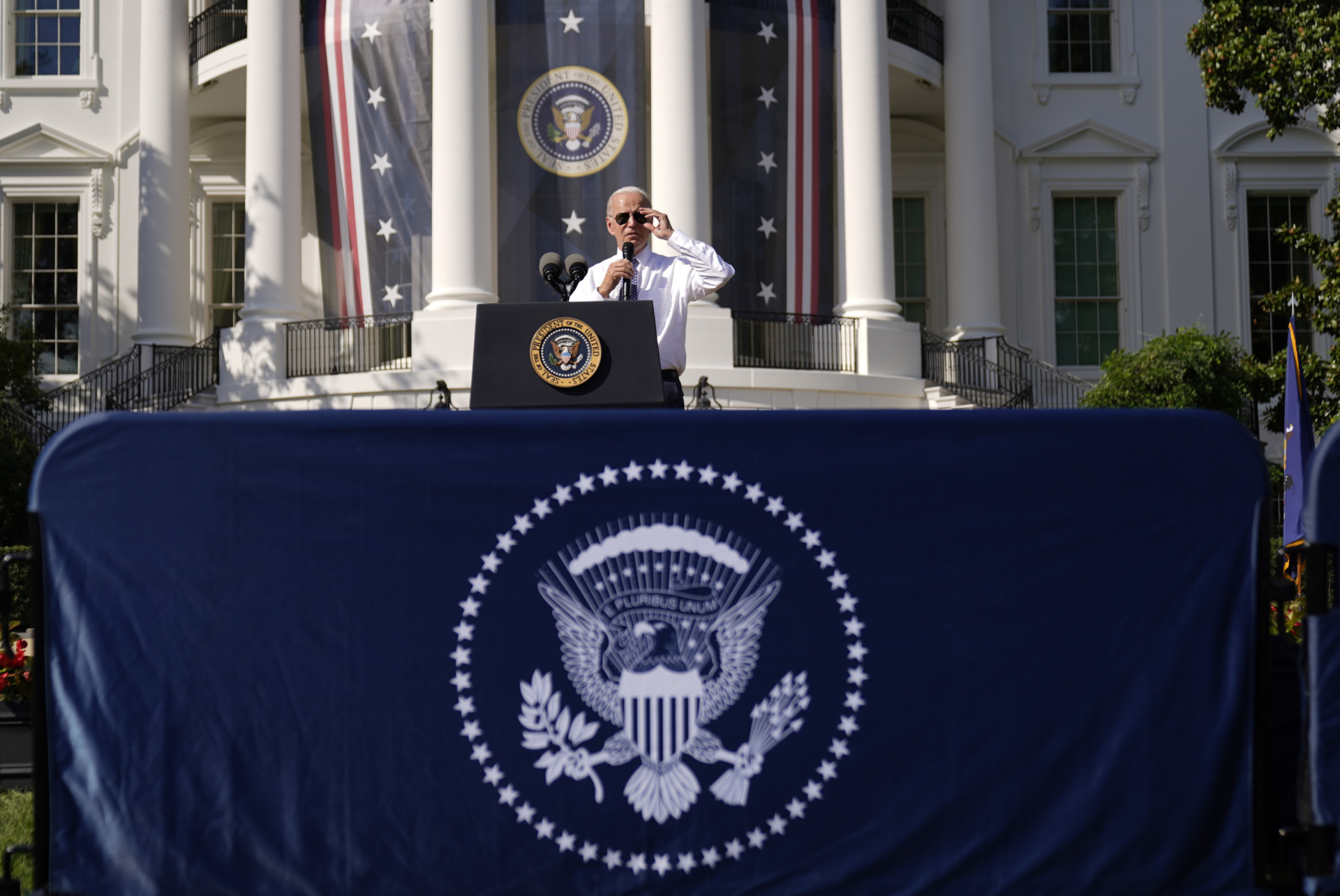
President Joe Biden speaks at a celebration of the Inflation Reduction Act on September 13, 2022, on the South Lawn of the White House. (AP Photo/Andrew Harnik)
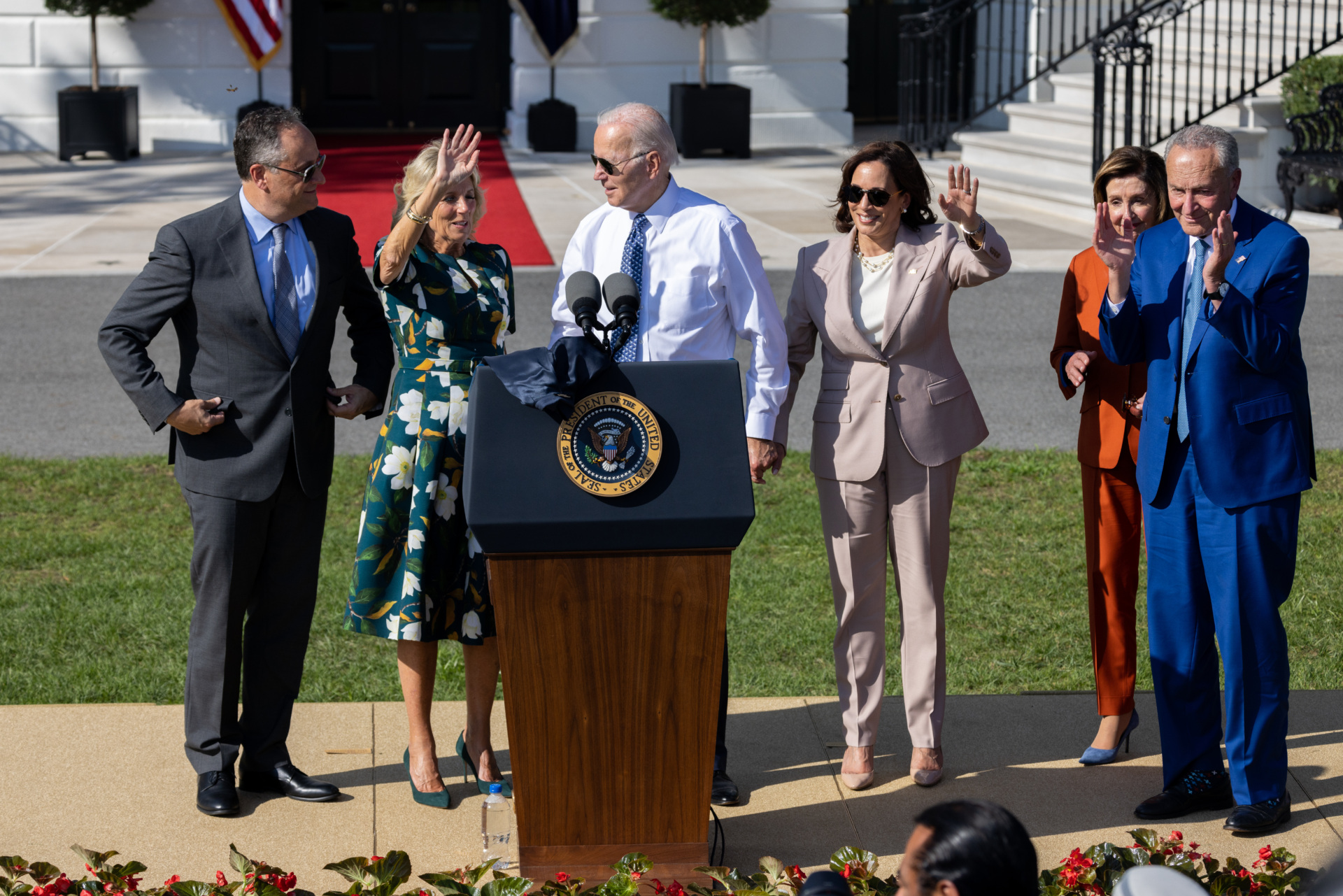
President Joe Biden, Vice President Kamala Harris, the First Lady and Second Gentleman, House Speaker Nancy Pelosi (D-CA), and Senate Majority Leader Chuck Schumer (D-NY) wave to the crowd on the South Lawn of the White House during a celebration of the Inflation Reduction Act on September 13, 2022. (Nathan Posner/Anadolu Agency via Getty Images)
The Inflation Reduction Act, of course, has next to nothing to do with reducing inflation. It authorizes somewhere around $400 billion in new spending and tax incentives aimed at reducing fossil fuel emissions, and it extends Obamacare insurance subsidies that were set to expire. There are tax increases on large corporations that will supposedly pay for the spending and then some. Years from now it will allegedly reduce deficits by collecting more in taxes than it spends—in part through a super-sized enforcement squad at the Internal Revenue Service. Many economists agree that, all other things being equal, this could eventually put some downward pressure on inflation.
Of course, all other things are not equal. Even before a month had passed, the Biden administration announced a plan to forgive student debt that would add more to the budget deficit almost immediately than the $300 billion the Inflation Reduction Act promised to subtract over the next decade. Two other bills the president signed recently—one boosting benefits for veterans exposed to toxic burn pits and another subsidizing domestic semiconductor manufacturing—are estimated to add another $357 billion to the deficit.
We point this out not to be churlish but because it highlights just how far from reality the White House had already traveled when it called its climate change, corporate tax, and Obamacare bill the Inflation Reduction Act. The combined effect of the Biden administration’s push to pass legislation was to add to the budget deficit and increase inflationary pressures. But instead of accepting the victory and moving beyond the deception embodied in the legislation’s title, the administration doubled down on it by scheduling Tuesday’s inflation rally.
The White House must have thought it was too late to cancel the celebration after the BLS reported that inflation had not fallen in August. It had accelerated. In fact, it had picked up a good deal of steam once you looked past the decline in gasoline prices. What’s more, wages were once more reported to be dragging behind prices, indicating that workers had lost buying power. As we put it yesterday, Biden held a celebration of the Inflation Reduction Act despite the news that inflation had reduced the rest of us.
So the nation watched the president celebrating “an extraordinary story being written in America today” while figures showing the stock market having its worst day since the initial pandemic calamity scrolled across the bottom of the screen. James Taylor provided a fitting soundtrack to this absurd scene, singing about his friend’s suicide, his addiction to heroin, and his time in a mental hospital. We were seeing fire and rain all at the same time. This scene we suspect is destined to be the epitome of Biden’s presidency.
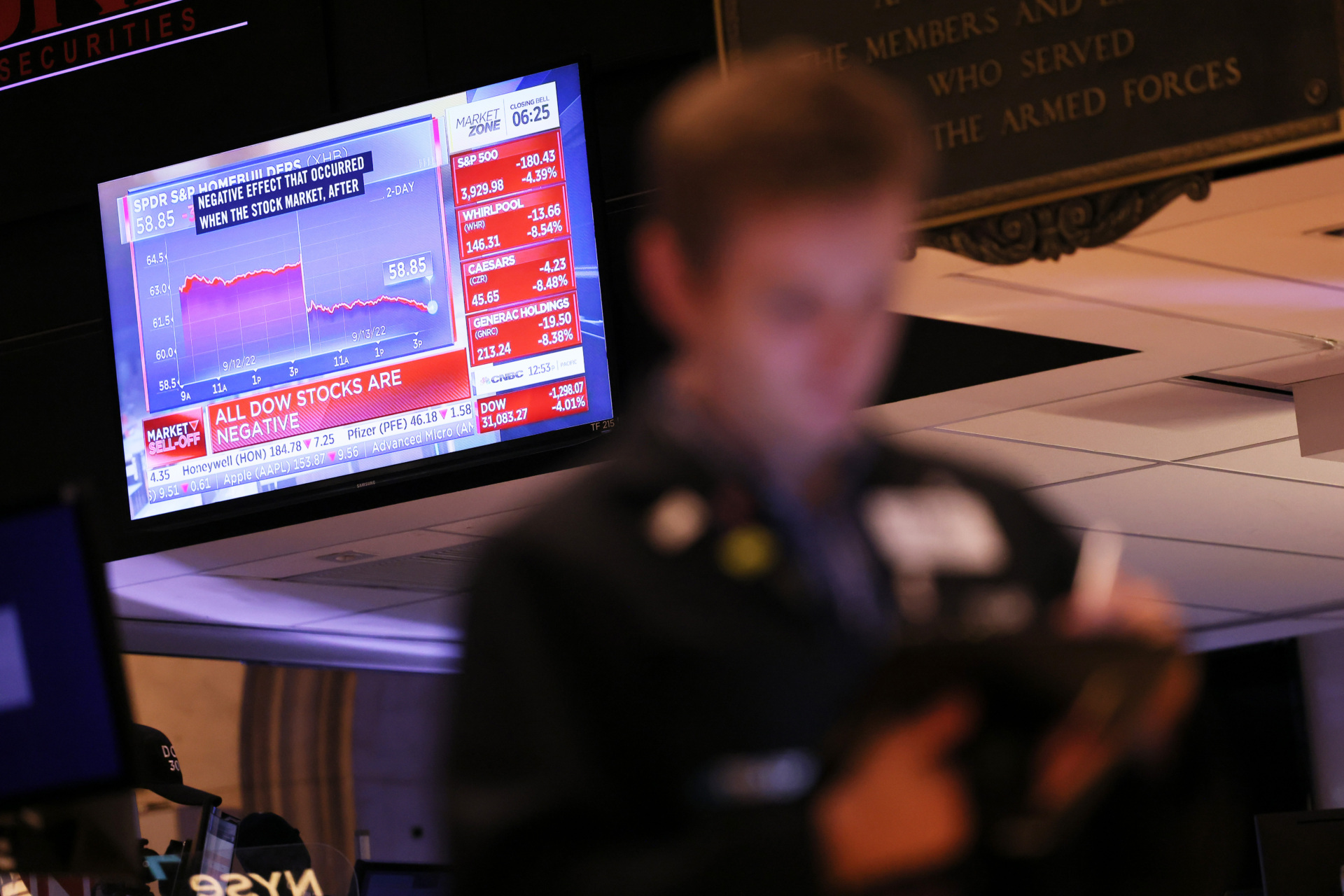
Financial news is seen on a television as traders work on the floor of the New York Stock Exchange on September 13, 2022, in New York City. The Dow Jones dropped over 1,200 points after the release of an inflation report that showed prices rising more than expected in the last month. (Michael M. Santiago/Getty Images)
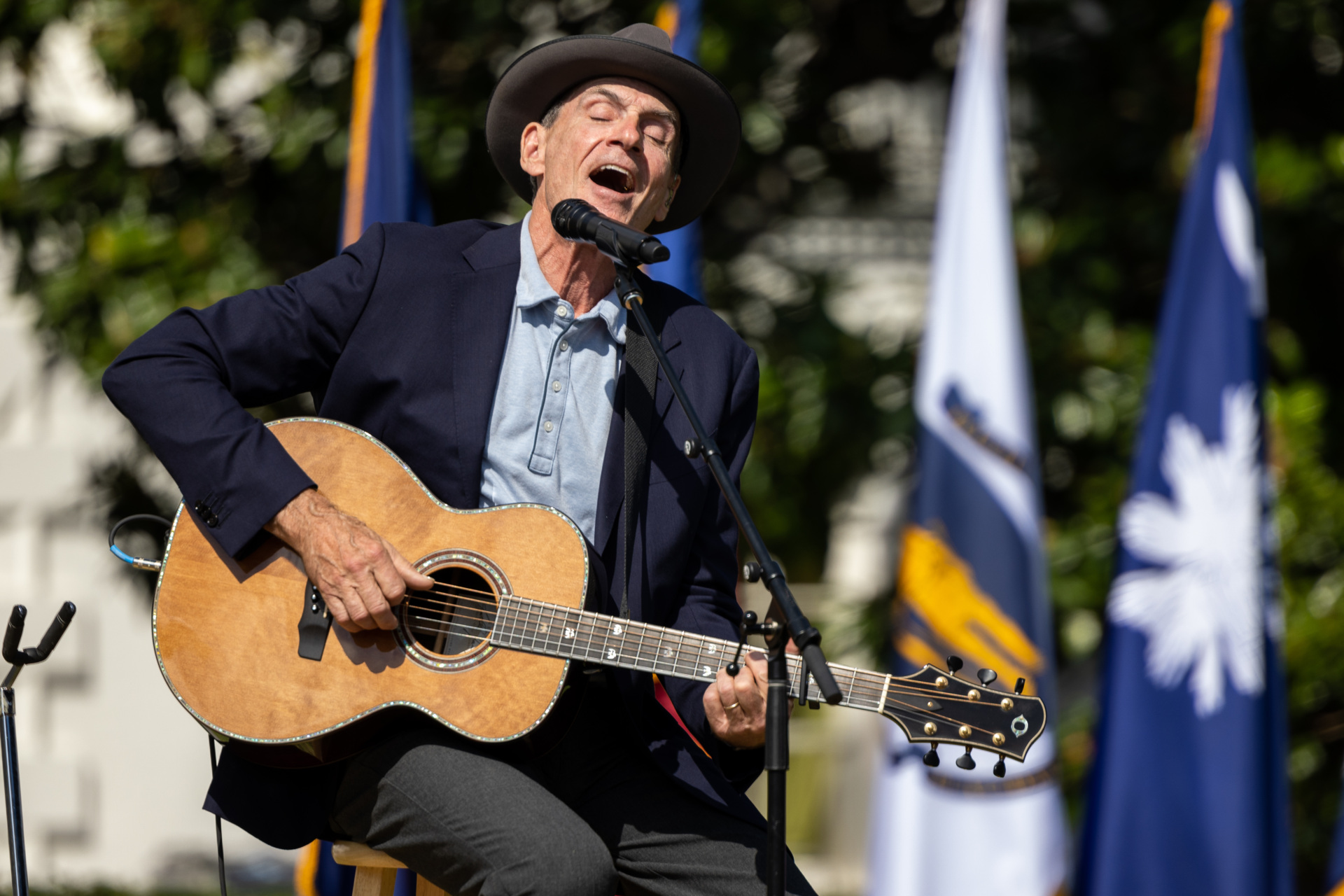
Singer James Taylor performs on the South Lawn of the White House during a celebration of the Inflation Reduction Act on September 13, 2022. (Nathan Posner/Anadolu Agency via Getty Images)
We’ve used the phrase wishcraft in the past to describe the Biden administration’s preferred public policy stance. Time and again, the administration has behaved as if it believed that it can bend reality by uttering the right combination of words, like the children in J.K. Rowling’s novels. The White House inflation rally was like a huge wishcraft festival, with all the president’s cabal chanting that they had won a great victory over inflation.
Wall Street too had thought inflation would decline in August. The consensus forecast was for a decline of one-tenth of a percentage point in headline inflation and three-tenths of a gain in core inflation. Instead, headline inflation rose by one-tenth of a point and core jumped six-tenths of a point. It’s notable that Wall Street has now underestimated CPI in 11 out of the last 18 months. Only twice in all this time has CPI surprised to the downside. By the calculations of Ethan Harris of Bank of America, the cumulative “net surprise” has meant that inflation is 2.3 percentage points above where Wall Street reckoned it would be.
Why has Wall Street so consistently underestimated inflation? One reason may be geography. Over the past year, the BLS’s nationwide inflation index has prices up an average of 8.3 percent. The index for the greater New York City area, however, is up just 6.6 percent. In July, prices in the New York City area fell 0.3 percent while prices in the national index were flat. In other words, Wall Street may be underestimating inflation because there’s so much less inflation where Wall Street economists live.
Another reason is that many economists have not adapted to the idea that we are now in a high inflation regime. Their models are still pegged to the lowflation decades that preceded the pandemic. Many of them became convinced that accommodative monetary policy no longer had the power to increase inflation, even if coupled with fiscal stimulus. They saw the Phillips Curve as flat, meaning there was no real trade-off between low unemployment and low inflation. Only serious supply shocks could cause sustained inflation. So when inflation hit, they decided it was all a supply-side issue that would be quickly resolved. Inflation, almost by definition, had to be transitory.
We are not optimistic about the mental agility of economists following the August shock of inflation. Unfortunately, it may be a while before economists recognize the current inflation crisis has been largely the result of too much deficit spending accommodated by too loose of a monetary policy. The wisdom of such an old-fashioned notion may prevail one day. But when that day may be, we cannot say.
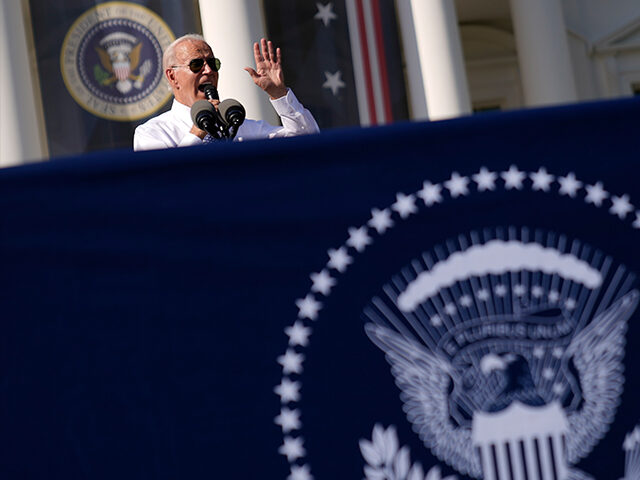
COMMENTS
Please let us know if you're having issues with commenting.